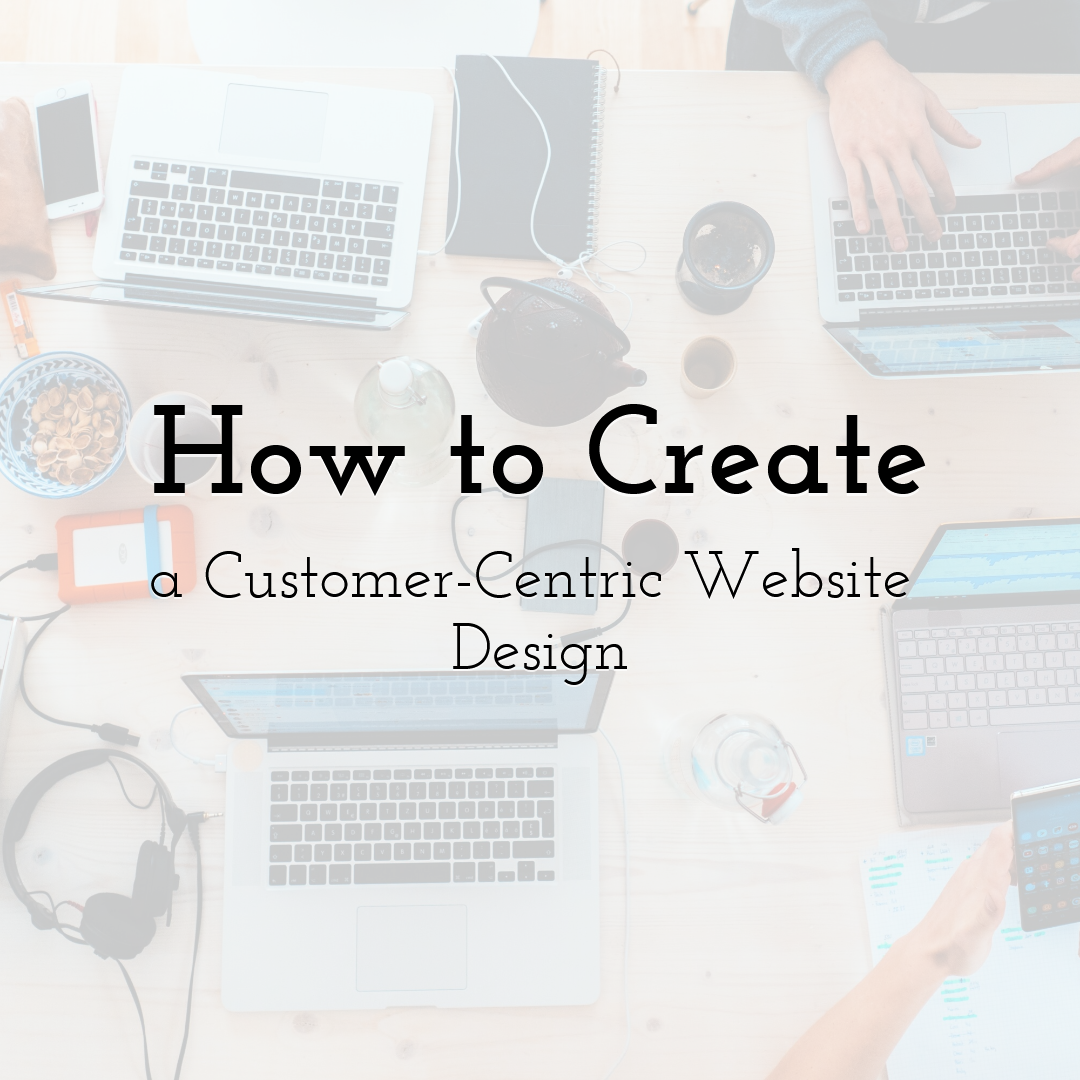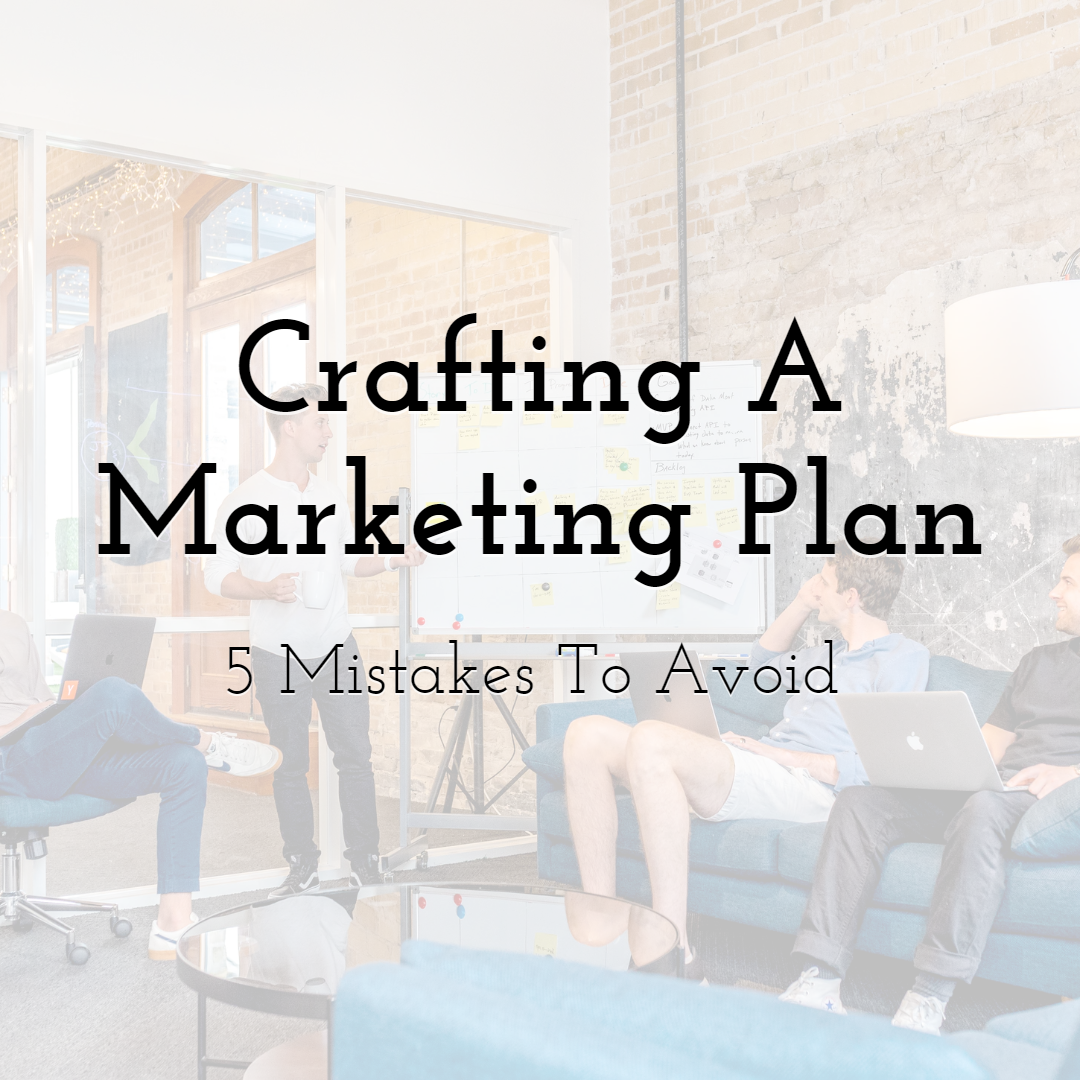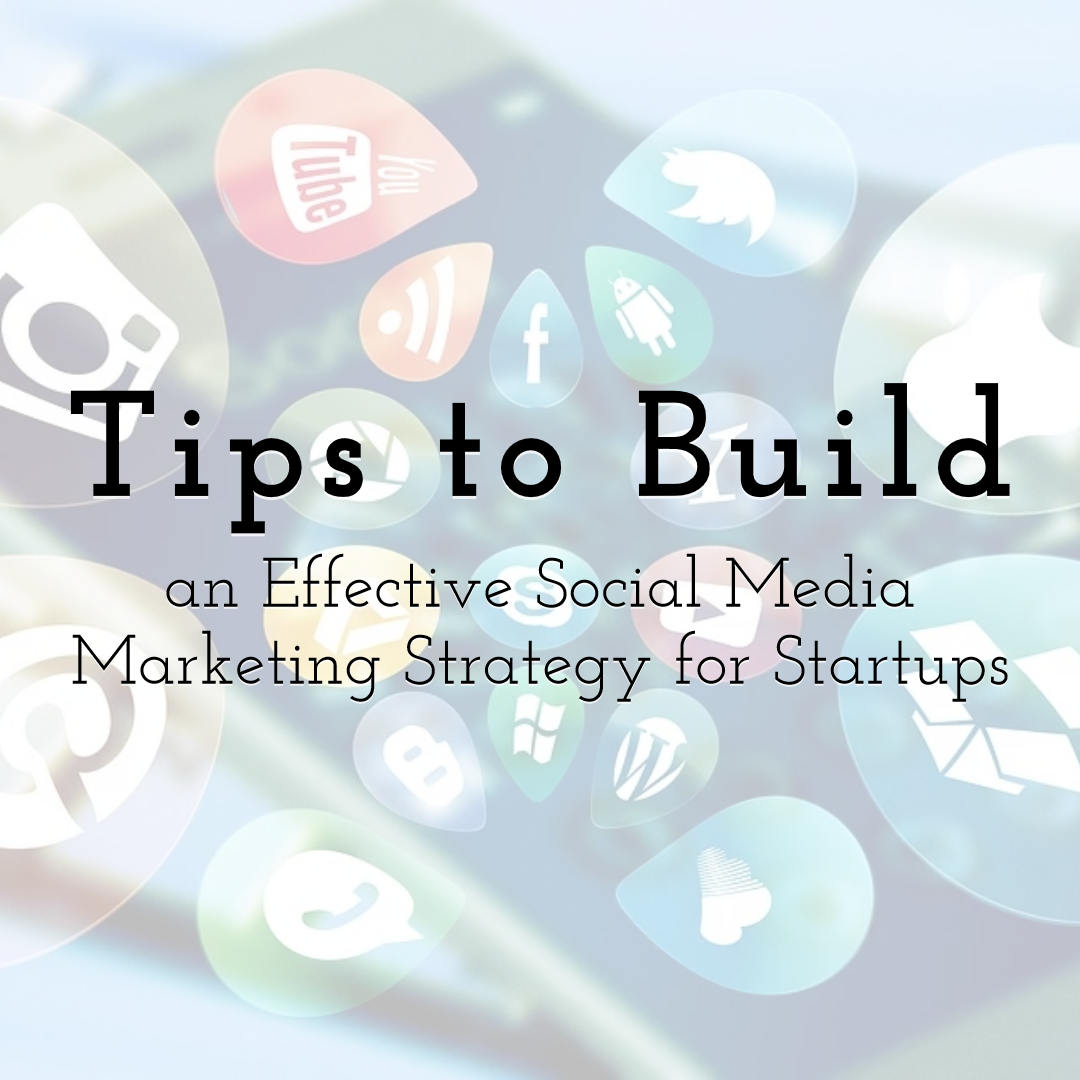How to Create a Customer-Centric Website Design
It's incredible to think that it was quite challenging to create a small website just a decade and a half ago. Even more, if you wanted an e-commerce platform, you had to set aside time and plenty of resources for development!
Fast forward to today, and we can put together a WordPress website in a matter of minutes. Sure, you'll have to populate the pages with your own content, but you can choose from thousands of pre-designed themes that only take a few minutes to shape your site.
You may have to struggle a bit more with an e-commerce website, but plugins, themes, and widgets make everything easy. In fact, in our day, you don't need to know one line of code, and you can still put together a functional, good-looking website. Pretty amazing, right?
But there's a catch. While the technology is so smooth that even a 10-year old can make a website, it takes a lot of effort to make it attractive for the target audience and profitable. And this is where the customer-centric approach chimes in.
What Does it Mean to Have a Customer-Centric Website?
In plain terms, it's a website that considers the customers' experience and preferences first and foremost. Most entrepreneurs make the mistake of building their website around their product or service, creating an online environment they envisioned. By default, this way of thinking removes the possible customers out of the equation.
As a result, a website can still lose customers even though it looks good and produces good-quality content.
To prove this, joint research done by Huff Industrial Marketing, KoMarketing, and BuyerZone showed that about 46% of users leave a page because they don't understand the message (what they do or why). On the other hand, 44% of users go because they can find what they're looking for or don't understand how to navigate the site.
 Make images and animations for your website with PixTeller
Make images and animations for your website with PixTeller
So, before you even consider designing a website, you first need to know your audience. Who will benefit from visiting your pages, and why?
Making a Customer-Centric Website
Ok, I have to build my site around my target audience - but how? A custom-centric website is focused on the needs, wants, and limitations of the target audience, creating a flawless experience when they visit. Here are a few elements that will help:
-
Get Yourself Out of the Way
The first hurdle (and probably the most difficult to pass) is your own idea of how the website should look. It's about giving up on what you (the business owner or product developer) consider attractive and creating a design that solves your customers' problems.
To understand what your customers want, you need to identify patterns and behaviours by analyzing data, running various surveys, and observing the competition.
Let's take Amazon as an example.
They continuously work on removing clutter from their pages and providing users with a clear and easy to navigate interface. Everything is out in the open and easy to find (product reviews, details, price, shipping, and so on). -
Focus on Speed & Efficiency
Most UX design tutorials will speak about the optimal user experience designers create through elegant and appealing design.
You'll learn about the importance of colors and visual elements placement, how to create a smooth navigation system, and more. While all these are important, it all starts with the speed with which a customer can identify what they want on your website.
-
• Do they want your contact information?
Make them as visible and as easily accessible as possible! -
• Do they want information about a specific topic?
Make sure they get it! -
• Do they want to buy a product?
Simplify the checkout process and make it easy to find similar products.
Keep in mind: It takes a user less than 15 seconds to decide if a page is worth their attention. And when they leave, they go to the competition!
-
• Do they want your contact information?
-
Create a Customer Profile
We talked about identifying the behaviour patterns that matter and about improving the efficiency of a website. But for who are you doing all these?
It would help if you built a buyer persona, which is the profile of your ideal customer. Using quality data collected from existent customers, competitors, and other reliable sources, you need to understand who your target audience is. This implies knowing their age group, social status, gender, occupation, motivational factors, goals, aspirations, favourite online channels and platforms, and more.
This type of analysis will tell you how to create a customer-centric website and remove most of the equation's guesswork.
A great example of a customer-centric design that takes profiles extremely seriously is LinkedIn. They used this profiling to add new and attractive features targeted at professionals from all over the world. And their efforts proved fruitful since LinkedIn is now one of the essential networking platforms in the world.
Wrap Up
In conclusion, it's crucial to understand why your target audience comes to your site. Once you have this information, it will be easier to create a modern, mobile-friendly (also significant) page that brings high-quality leads.
Until next time, Be creative! - Pix'sTory made by Cristina Par
Recommended posts
-

How to Make Your Visual Identity Stand Out with Better Illustration
Read More › -

Starting a Career in Designing? Use These Hacks to be a Professional
Read More › -

Landing Page Design Tips You Should Follow Today
Read More › -

5 Social Media Marketing Tips for Your Career
Read More › -

5 Mistakes to Avoid when Crafting a Marketing Plan
Read More › -

Tips to Build an Effective Social Media Marketing Strategy for Startups
Read More ›
